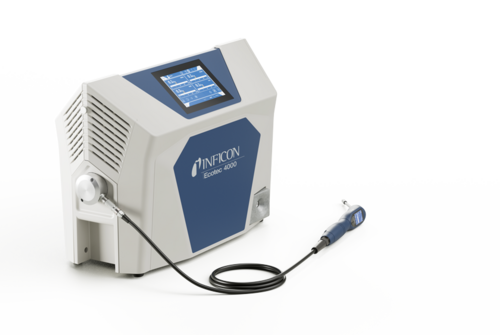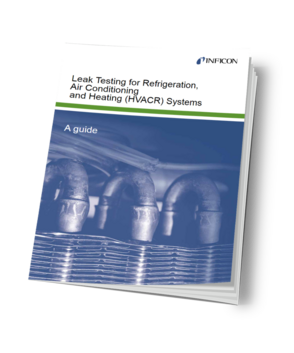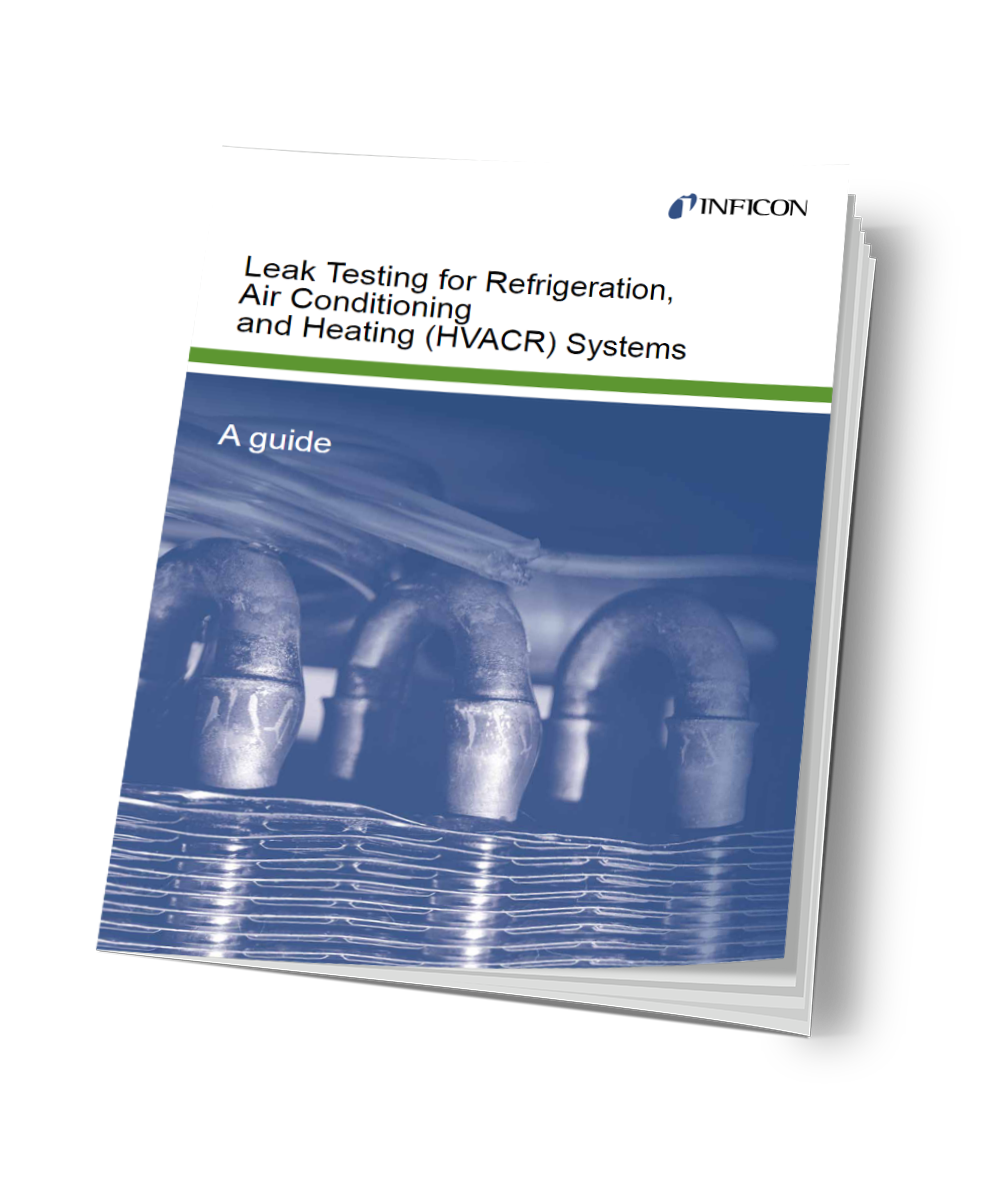Ecotec® 4000: New Generation Multi-Gas Sniffer Leak Detector

Ecotec 4000: New generation multi-gas sniffer leak detector with high gas flow
Our latest industrial refrigerant leak detector Ecotec 4000 (successor to the successful Ecotec E3000) will be shown at the Control exhibition from May 6-9, 2025 in Stuttgart, Germany. Like its predecessor, we have also designed the enhanced Ecotec 4000 for industrial production lines in the refrigeration and air conditioning sector - not least for end-of-line leak testing on pre-filled refrigeration and air conditioning systems, refrigerators, heat exchangers or heat pumps. The Ecotec 4000 is the most sensitive multi-gas sniffer leak detector on the market. It detects up to four different refrigerant gases simultaneously and identifies leaks down to a size of 0.05 g R600a per year.
Reliable testing even in hard-to-reach places
One important new feature compared to its predecessor is the high gas flow of the new device: the Ecotec 4000 not only works with a gas flow of 160 sccm, as before, but also optionally with a medium and even a very high gas flow of 3000 sccm. This type of sniffer leak detection with strong suction allows for a reliable test even in hard-to-reach places. The fundamentally high sensitivity of the Ecotec 4000 allows you to reliably test against the industry-standard rejection leak rate of 0.5 g of refrigerant/year, even at medium gas flow.
Robot-assisted sniffer leak detection – thanks to high gas flow
Another advantage of the high gas flow is that it also makes robotic and fully automatic sniffer leak detection possible. For this purpose, we have equipped the Ecotec 4000 with a lateral connection for the sniffer line that can be rotated 180 degrees.


Selectively detect up to four gases when searching for leaks
The new device can detect up to four gases in parallel, detecting each selectively. This makes the Ecotec 4000 ideal if you use multiple refrigerants in your mixed production line, for example R600a and R290. At the same time, the Ecotec 4000 has an advanced IGS (Interfering Gas Suppression) mode. This means that interfering gases from insulating foams – such as foam blowing agents like cyclopentane and isopentane – do not affect the precise detection of the refrigerant gas, whether you are using R600a or R290.
CO2 interference signals are suppressed.
In addition, the Ecotec 4000 uses an innovative gas modulation technique that involves a specially developed sniffer handle with an integrated valve. This valve switches back and forth between different states several times a second, thus determining the background gas concentration. This enables the device software to effectively filter out any interference signals that may be caused by high background concentrations of refrigerants in the vicinity of the test system. This is a great advantage, especially when using CO2 as a refrigerant, because the signal evaluation algorithms recognize CO2 clouds as such and they no longer cause false leak alarms.
Convenient touch display, modern interfaces, lower maintenance costs
A 7-inch color touch display simplifies operation of the new Ecotec 4000. You can have the detected values for four different gases displayed simultaneously. The new interface makes it easy for you to select the required gases from the Ecotec 4000's extensive refrigerant library. We have also equipped our new multigas sniffer leak detector with all modern communication interfaces: Ethernet, HDMI, USB, BM1000 and I/O1000. Last but not least: a newly designed ion source for the device's integrated mass spectrometer extends the service life of the filament and reduces your maintenance costs when using the Ecotec 4000 in industrial applications.
For more information on the HVAC-R market, you can download our e-book and/or contact us


